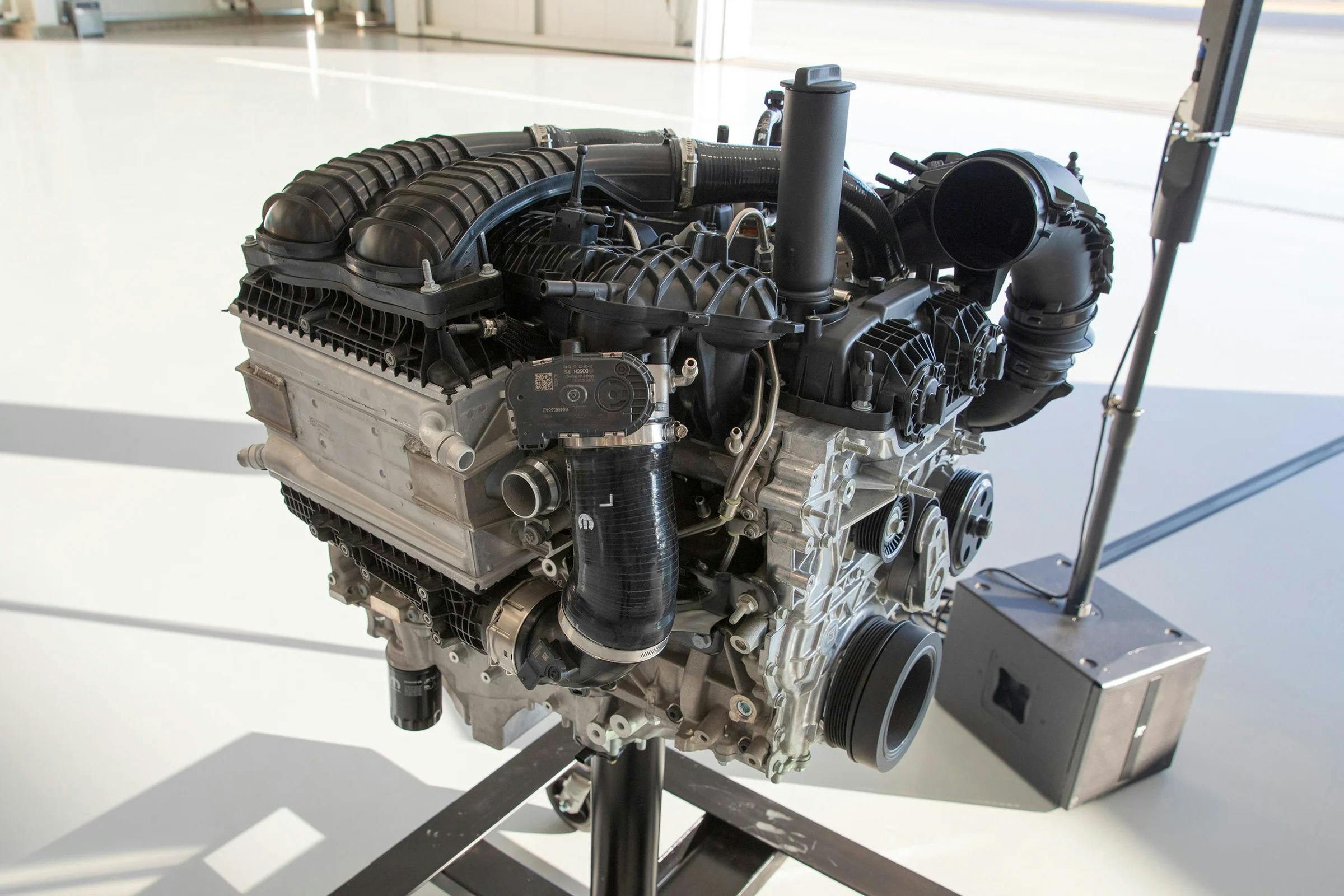
Why There is No Dipstick in the Stellantis Hurricane Engines
In the evolving landscape of automotive technology, Stellantis has introduced a new wave of high-performance engines under the Hurricane brand. These engines have garnered attention for their power, efficiency, and cutting-edge engineering. One notable feature—or lack thereof—is the absence of a traditional dipstick. This decision might seem puzzling to some, but it reflects the broader trends and advancements in automotive design and maintenance. Let's explore the reasons behind this innovative change.
1. Advanced Oil Monitoring Systems
One of the primary reasons Stellantis has eliminated the dipstick in its Hurricane engines is the integration of advanced oil monitoring systems. Modern vehicles are increasingly equipped with electronic sensors that provide real-time data on oil levels and quality. These sensors offer several advantages over the traditional dipstick:
- Accuracy: Electronic sensors provide more precise measurements of oil levels and quality, reducing the risk of human error.
- Convenience: Drivers receive alerts directly on their dashboard if oil levels drop or if the oil quality deteriorates, eliminating the need for manual checks.
- Maintenance Scheduling: These systems can help schedule oil changes and other maintenance tasks more effectively, ensuring optimal engine performance.
2. Enhanced Engine Design
The design of the Hurricane engines prioritizes performance and efficiency. By eliminating the dipstick, engineers have more flexibility in optimizing the engine layout. This can lead to several benefits:
- Compact Design: Without the need for a dipstick tube, engineers can design more compact and streamlined engines, potentially reducing weight and improving aerodynamics.
- Reduced Contamination: Removing the dipstick reduces the risk of contaminants entering the engine during manual oil checks, thus maintaining oil purity and extending engine life.
3. Focus on Professional Maintenance
Stellantis' decision to forgo the dipstick also reflects a broader industry trend towards professional maintenance services. As engines become more sophisticated, automakers are encouraging owners to rely on certified technicians for regular maintenance. This approach ensures that:
- Expert Care: Professional technicians have the expertise and tools to conduct thorough inspections and maintenance, reducing the risk of improper servicing.
- Warranty Compliance: Following manufacturer-recommended maintenance schedules helps maintain warranty coverage and ensures the engine operates at peak efficiency.
4. Embracing Technological Advancements
The shift away from traditional dipsticks signifies Stellantis' commitment to embracing technological advancements. By leveraging electronic monitoring systems, the company is aligning with the future of automotive technology, which is increasingly focused on digital solutions and smart systems. This transition supports:
- Innovation: Adopting new technologies positions Stellantis as a forward-thinking company, ready to meet the demands of modern drivers.
- Sustainability: Advanced monitoring systems can contribute to more efficient engine performance and maintenance, reducing environmental impact.
The absence of a dipstick in the new Stellantis Hurricane engines represents a significant shift in automotive design and maintenance. By integrating advanced oil monitoring systems, optimizing engine design, focusing on professional maintenance, and embracing technological advancements, Stellantis is setting a new standard for modern engines. This change reflects the company's dedication to innovation, performance, and convenience, ensuring that drivers can enjoy a seamless and efficient driving experience. As the automotive industry continues to evolve, we can expect to see more innovations that enhance vehicle performance and simplify maintenance for drivers worldwide.








